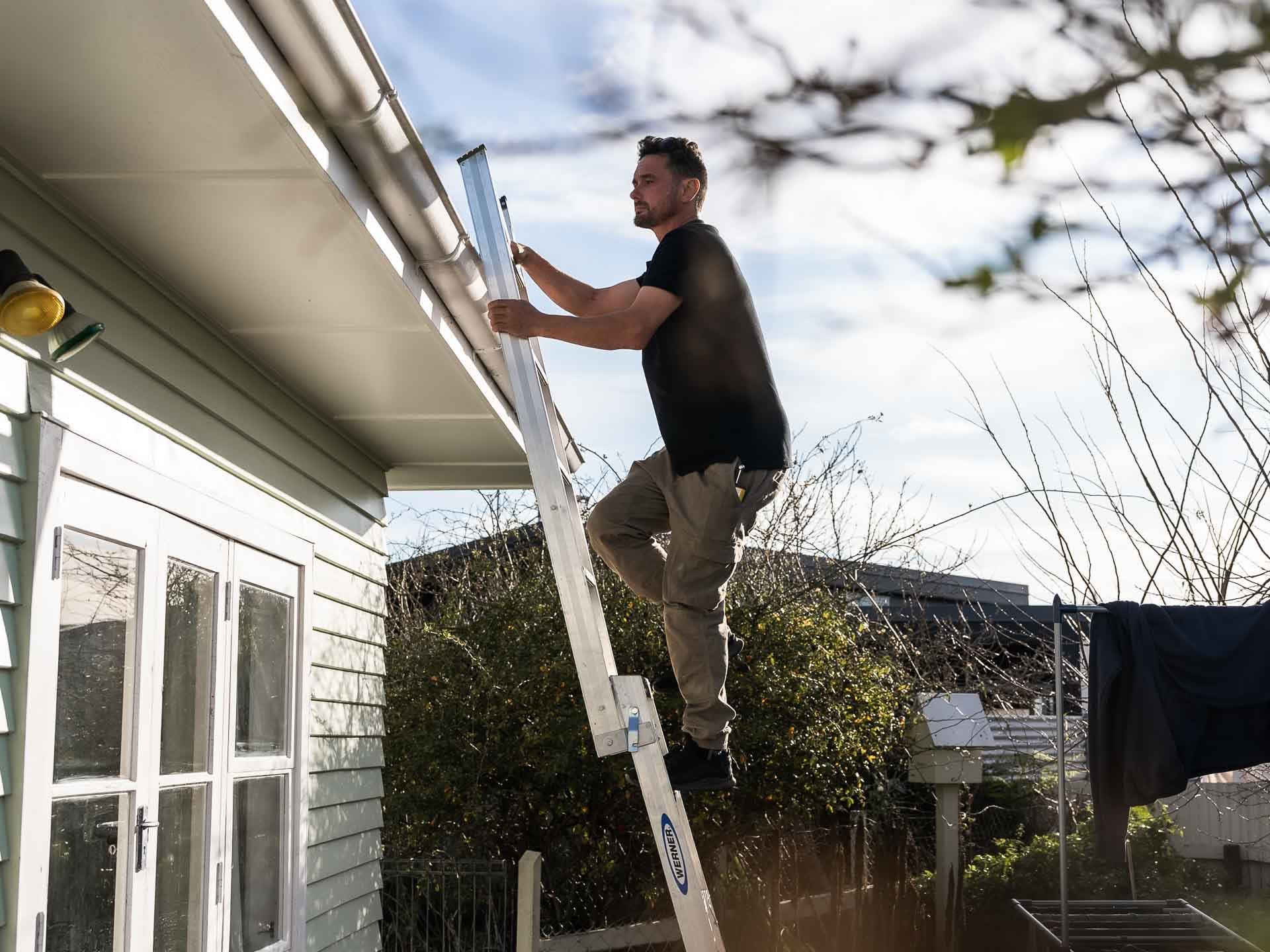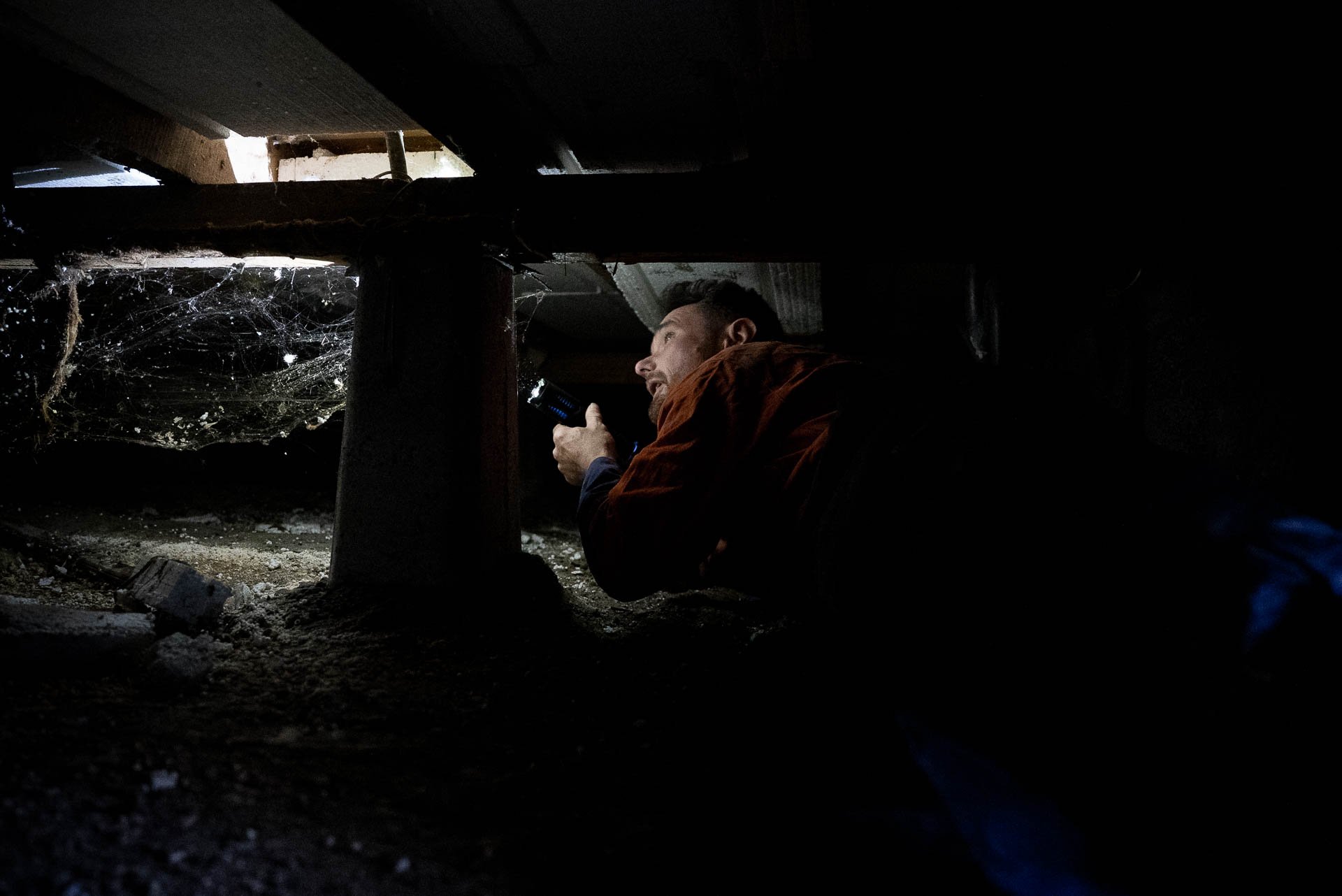
What’s in a House Inspection Report?
A Practical, Builder-Led Report You Can Actually Use
When you book an inspection with Greg, you’ll receive a detailed report that explains the true condition of the home — clearly, visually, and in plain English.
Every inspection is guided by the NZS4306:2005 standard and enhanced by Greg’s 20+ years as a builder. That means you get more than a generic checklist — you get context, prioritisation, and real-world advice.
Delivered as a PDF within 24–48 hours
Includes photos, moisture readings, and plain-English recommendations
Covers all key areas of the home, from the subfloor to the roof cavity
Why Standards Matter
New Zealand’s house inspection industry is unregulated — which means anyone can call themselves an inspector, even without building knowledge or formal training.
In this Fair Go segment, Sarah Symon (Director of Realsure) explains the risks of unqualified inspections, and why it’s so important to use someone who follows the recognised NZS4306:2005 standard.
Download Sample Report.
Want to see exactly what you’ll get?
Click below to view a full sample building inspection report prepared by Greg.
What’s Included in the Inspection.
1. Site and Structure
Construction Features - We examine the construction quality and materials used, assessing the overall structural integrity.
Site Placement - The placement of the building on the site is crucial for long-term stability. We evaluate the positioning and its implications for future development.
Site Runoff Management - Proper management of site runoff is essential to prevent water damage. We check for effective systems that handle water flow around the property.
2. Subfloor
Subfloor Environment - We inspect the condition of the subfloor area, looking for signs of dampness, mold, or pests.
Piles and Foundation - The foundation is the backbone of any property. We check the piles and foundation for any signs of weakness or damage.
Internal Moisture - Moisture inside the subfloor can lead to severe structural issues. We assess the moisture levels to ensure a dry and stable environment.
Insulation and Ventilation - Proper insulation and ventilation are key to a healthy home. We inspect these elements to ensure they meet current standards.
3. Roof
Roof Coverings - We inspect the roof materials for wear and tear, ensuring they are in good condition and provide adequate protection.
Gutters and Downpipes - Effective water drainage is vital to prevent water damage. We examine gutters and downpipes for blockages or leaks.
Internal Roof Space - The internal roof space can hide many issues. We check for signs of leaks, pests, and structural integrity.
Insulation and Ventilation - A well-insulated and ventilated roof space is crucial for energy efficiency and comfort. We ensure these systems are functioning correctly.
4. Exterior
Weathertightness - A weathertight exterior is essential to protect the property from the elements. We assess the cladding, windows, and doors for any signs of leaks or damage.
Cladding Systems - Different cladding systems have unique vulnerabilities. We inspect the cladding to ensure it is in good condition and properly installed.
Windows and Doors - Windows and doors are checked for functionality, seals, and overall condition.
Decks - Decks are prone to weathering and structural issues. We assess their condition and safety.
5. Interior
Floors, Walls, and Ceilings - We inspect all internal surfaces for structural integrity, moisture damage, and cosmetic issues.
Kitchens, Bathrooms, and Laundry Areas - These areas are often high-moisture environments. We check for leaks, water damage, and the condition of fixtures and fittings.
6. Plumbing and Electrical
Problematic Systems - Certain plumbing and electrical systems can be problematic. We look for the presence of DUX Quest piping, old hot water cylinders, and outdated or dangerous wiring.








